This rather small adult male barred owl was actually the only intake for the week. He was found near a light pole, so the finder’s initial assumption was that he might have hit the wires. He didn’t see any injuries but the owl was quite docile when he moved it to safety, worried that free-roaming dogs might kill it.
When he brought me the bird, however, all sorts of alarms began going off in my mind as he further described its behavior…The owl was never aggressive with him, not even a warning beak click. When he, after talking with me, safely confined the bird for the night, until we could meet the next day, he was startled to discover it would sit on his gloved hand and rouse (ruffle its feathers) quite comfortably.
All this, along with a reasonably well-fleshed bird with less than well-developed flight muscles and slightly overgrown talons made me highly suspicious that we had a bird someone had held illegally and then dumped to fend for itself when a) the novelty wore off; b) they were warned that possession of wildlife without a permit is illegal; and/or c) he bit or footed someone.
The finder was not happy at my hazarded guess as to the reason(s) for the bird’s grounding, and I cautioned him that I could still be wrong. Concussed birds can seem extremely tame, and mild thinness can sometimes be confused with underdeveloped flight muscles. I wouldn’t know for certain until I had the bird somewhere other than a parking lot, so I could examine him more thoroughly.
When I got him home, the first thing I did was to check his eyes with a penlight. To my dismay, both eyes were cloudy, the left more so than the right. Not bloody or “soft” or misshapen looking—all signs of a massive blow to the head. No, this was the cloudiness that usually signifies blindness…When I put him back in the box on a perch and tapped on the box and waved my hand in front of his face, he didn’t turn to follow the sound or movement with his head. He stared blankly upward. There seemed to be hearing loss or damage, as well.
And he refused the whole rat I offered him but readily ate the chopped-up rat I hand-fed him…albeit with some degree of difficulty, as if he was unfamiliar with the texture. Hmmm…
So...is the owl the victim of a run-in with a vehicle? Was he kept illegally and fed a crap diet that resulted in blindness and possibly other health issues? Is there something else entirely going on? Will he be releasable or is he truly blind and possibly deaf? I honestly don’t know at this point. I’ll give him more time to see what happens, but I’m not nearly as optimistic as I was only a day ago.
An owl with one good eye can be released, as they hunt primarily by hearing. An owl who is deaf cannot be released, and obviously a totally blind or severely vision-impaired owl isn’t a candidate for release. Furthermore, such an owl is not a candidate for an educational bird. Why? Stop and think about it from the bird’s POV, if you will: you can’t see or hear anything; you can’t feed yourself; you’re trapped in a world of—for an owl—near-total sensory deprivation. This isn’t living; it’s barely existing.
And if this was caused by some idiot keeping him illegally and feeding him the wrong foods, then I sincerely hope they’re repaid in full for their jackassery. (And I’d dearly like to be the instrument of that repayment.)
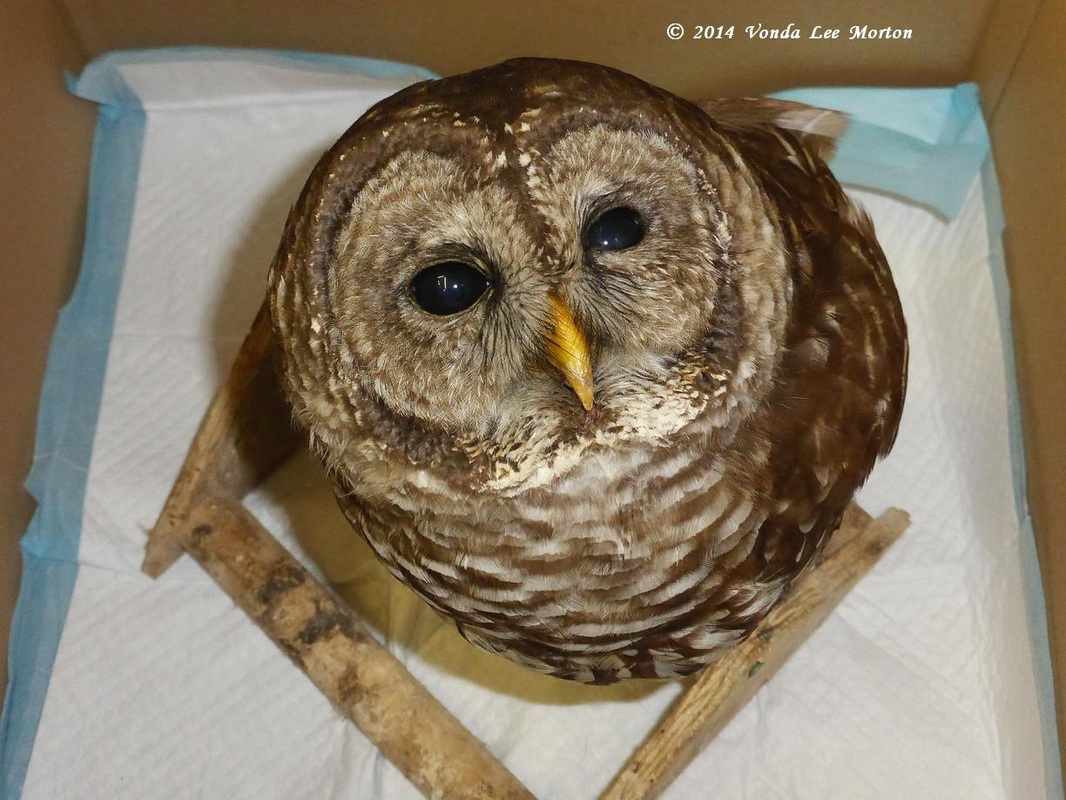
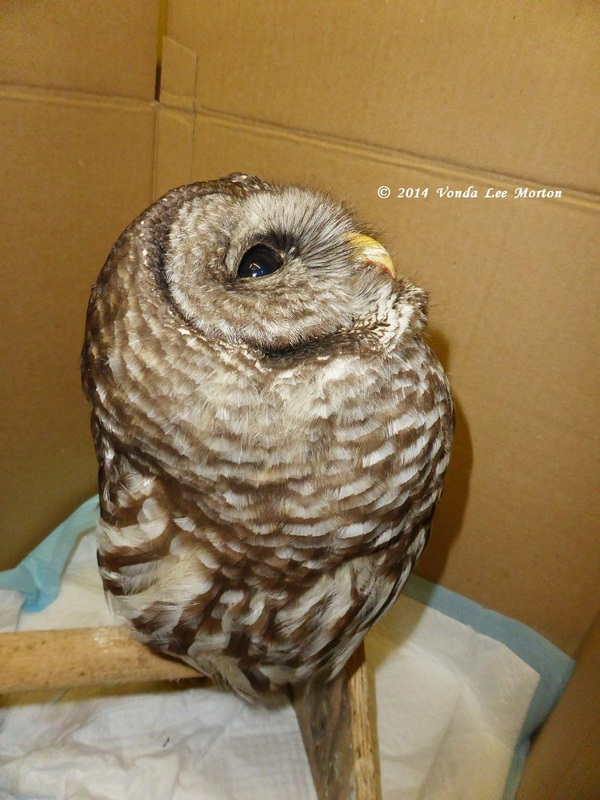
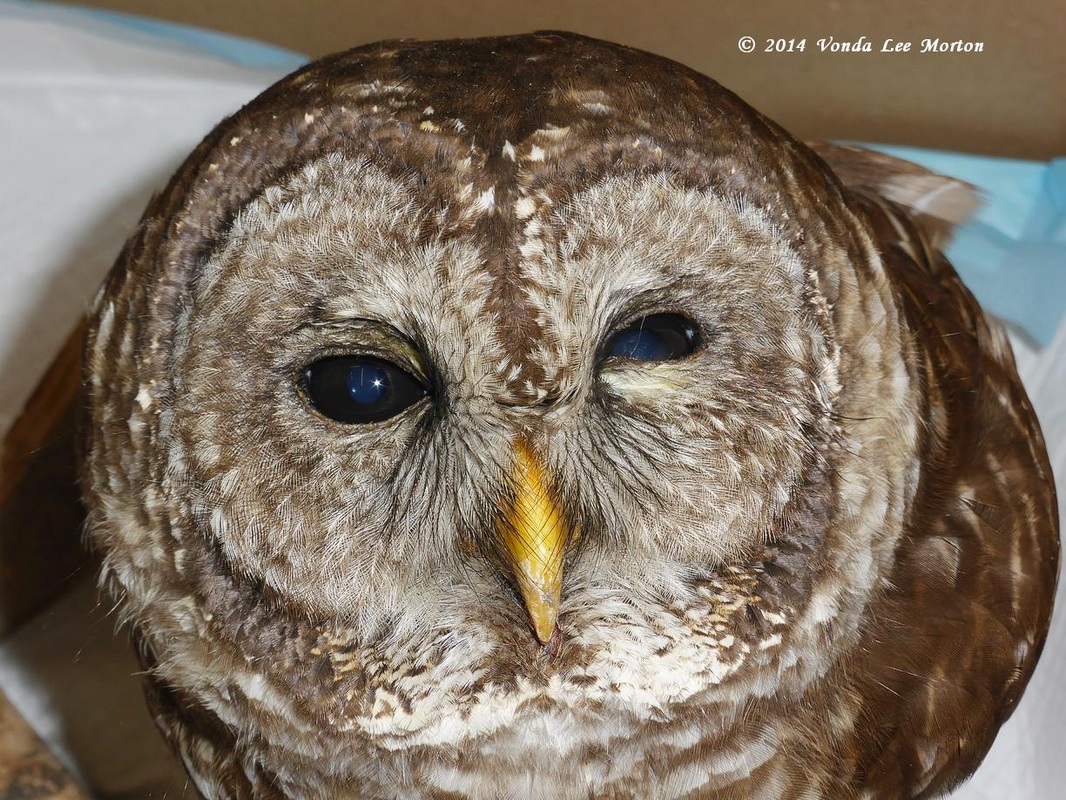
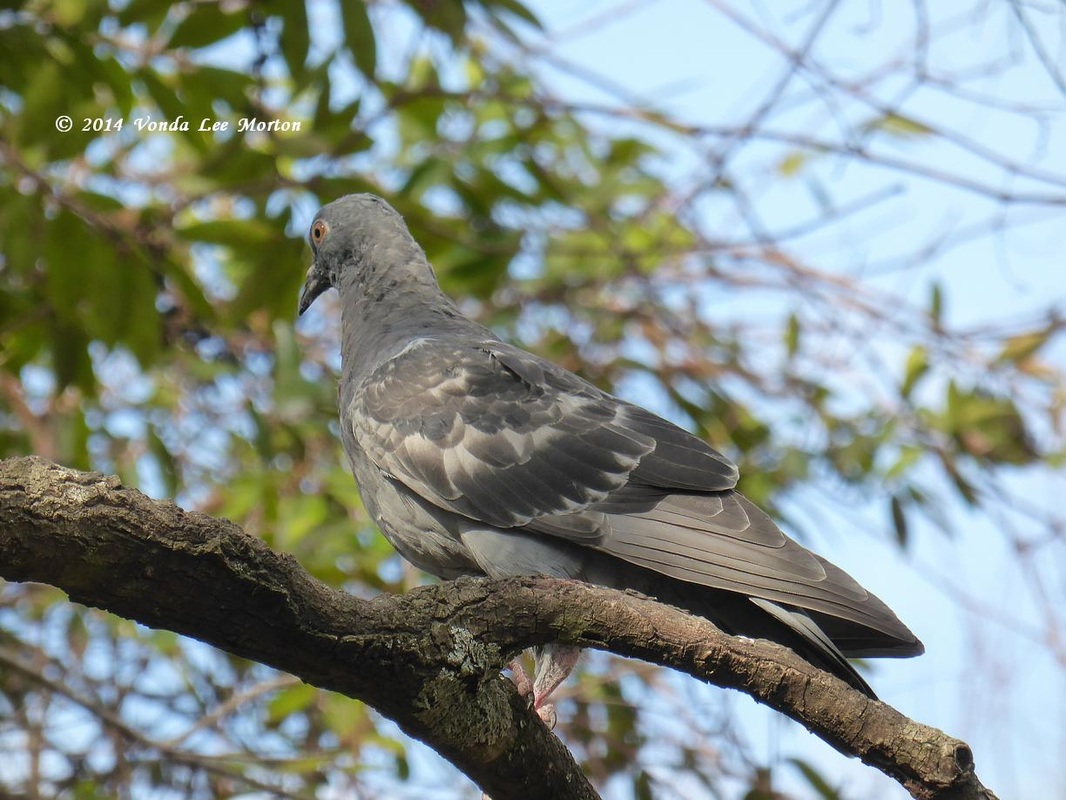
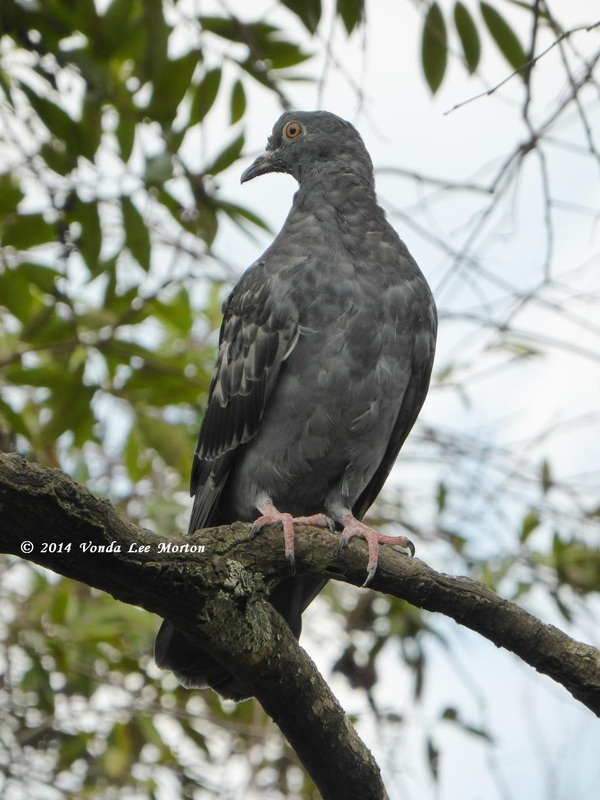
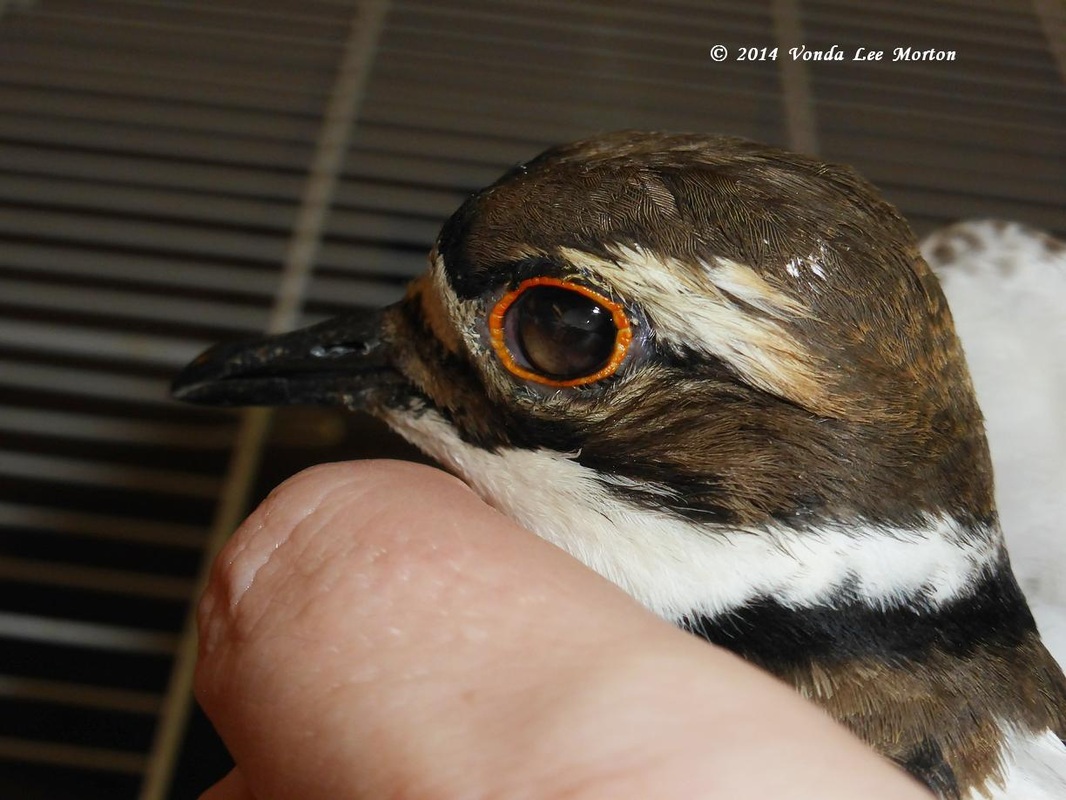
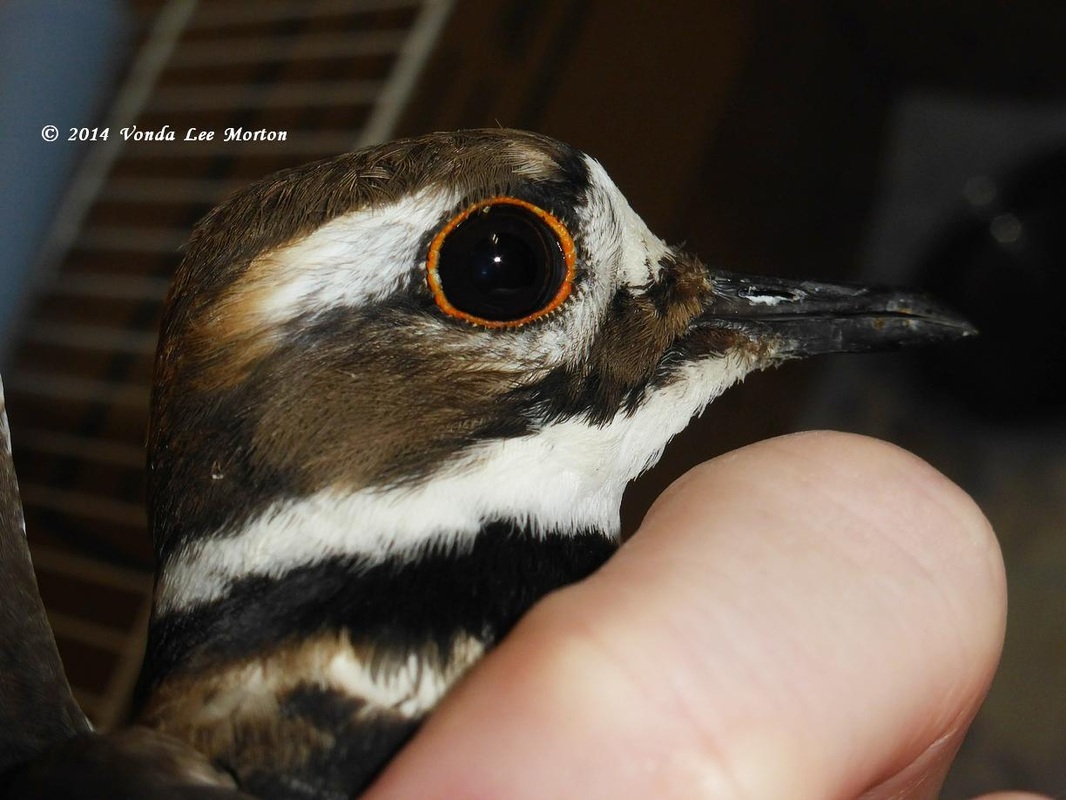
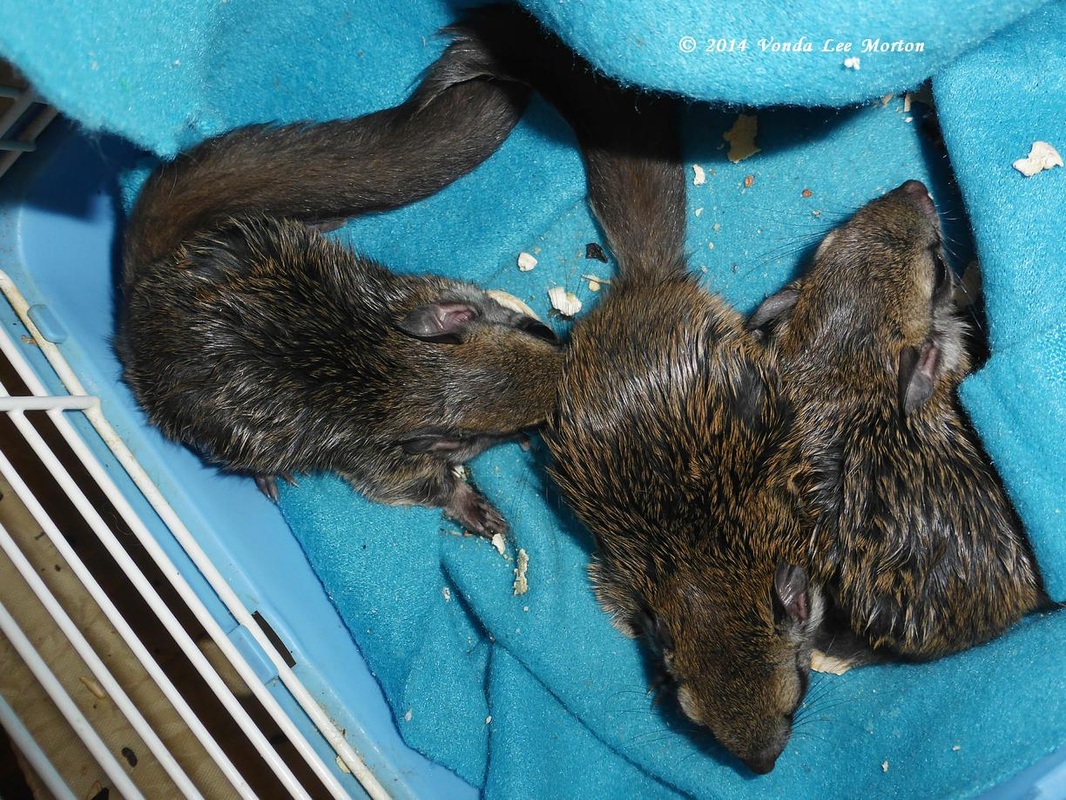
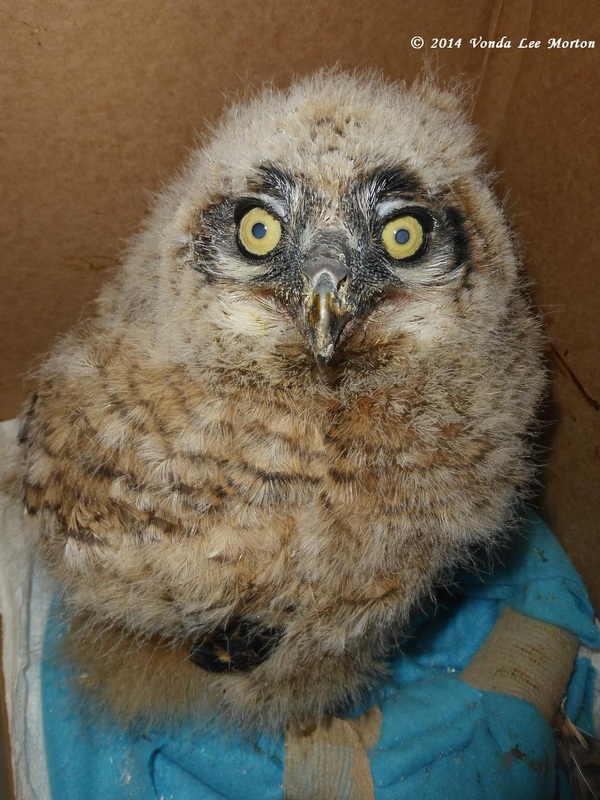
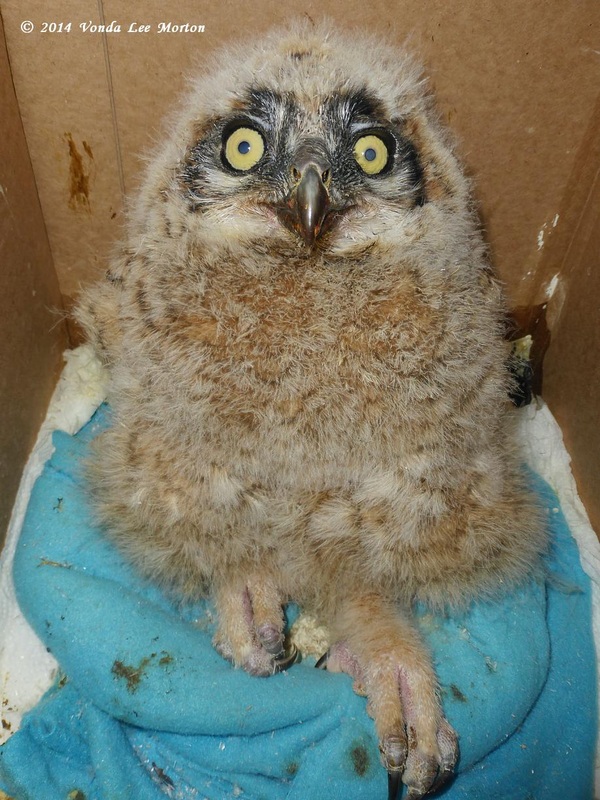
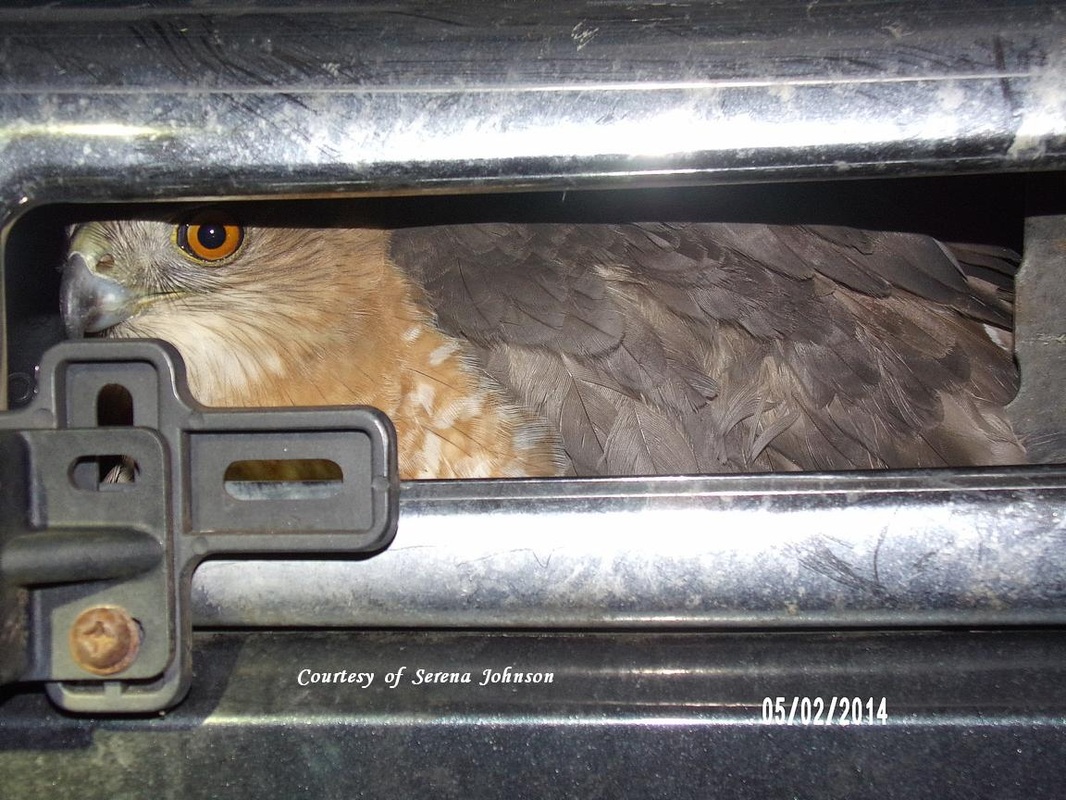
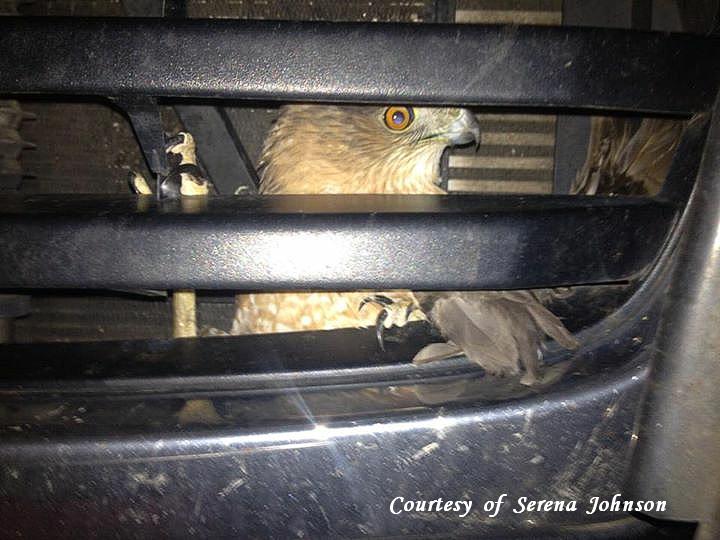
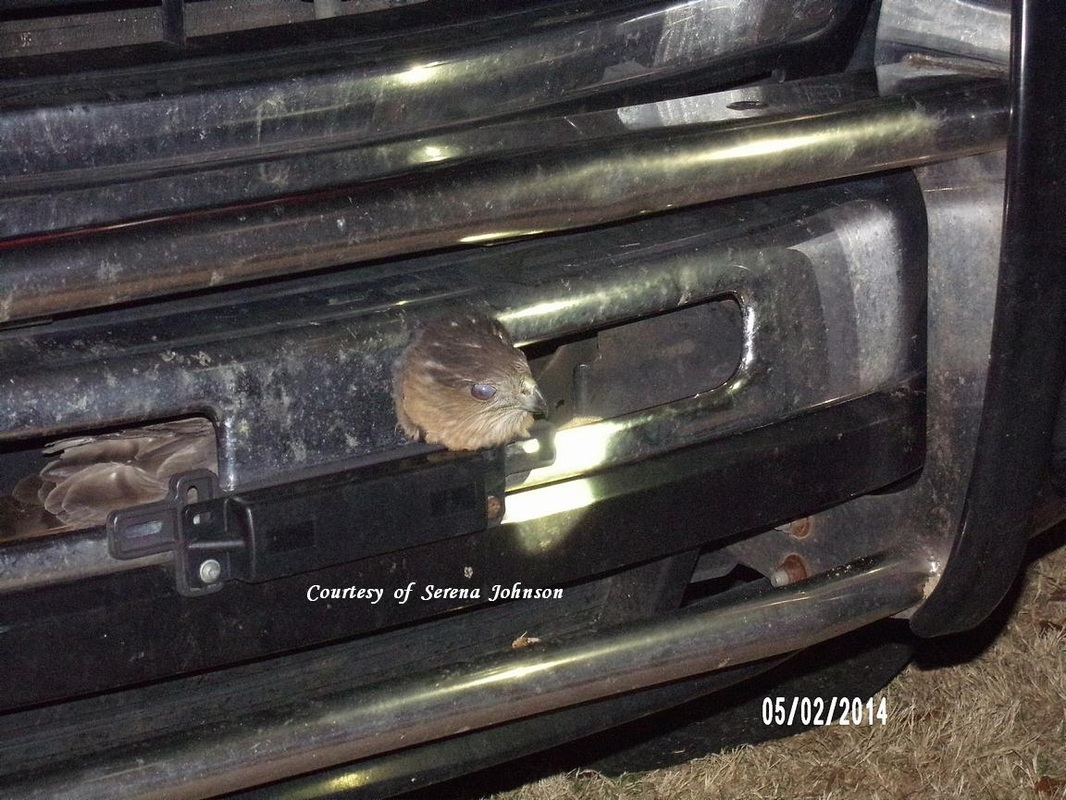
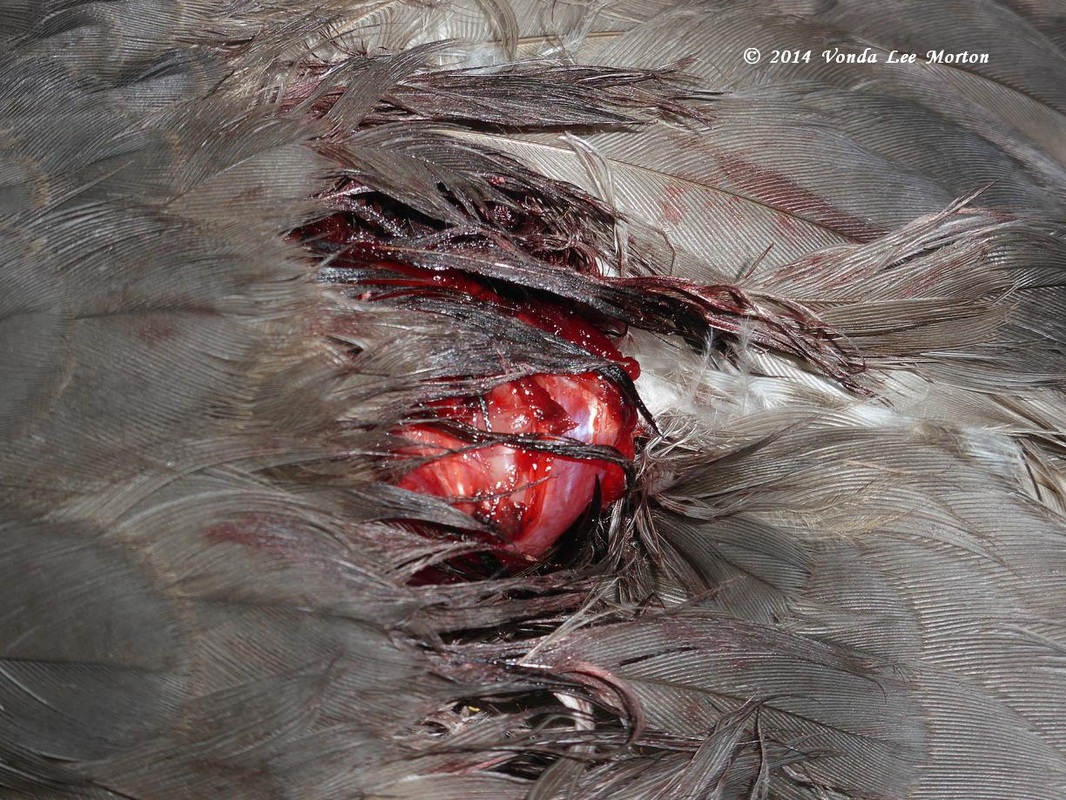
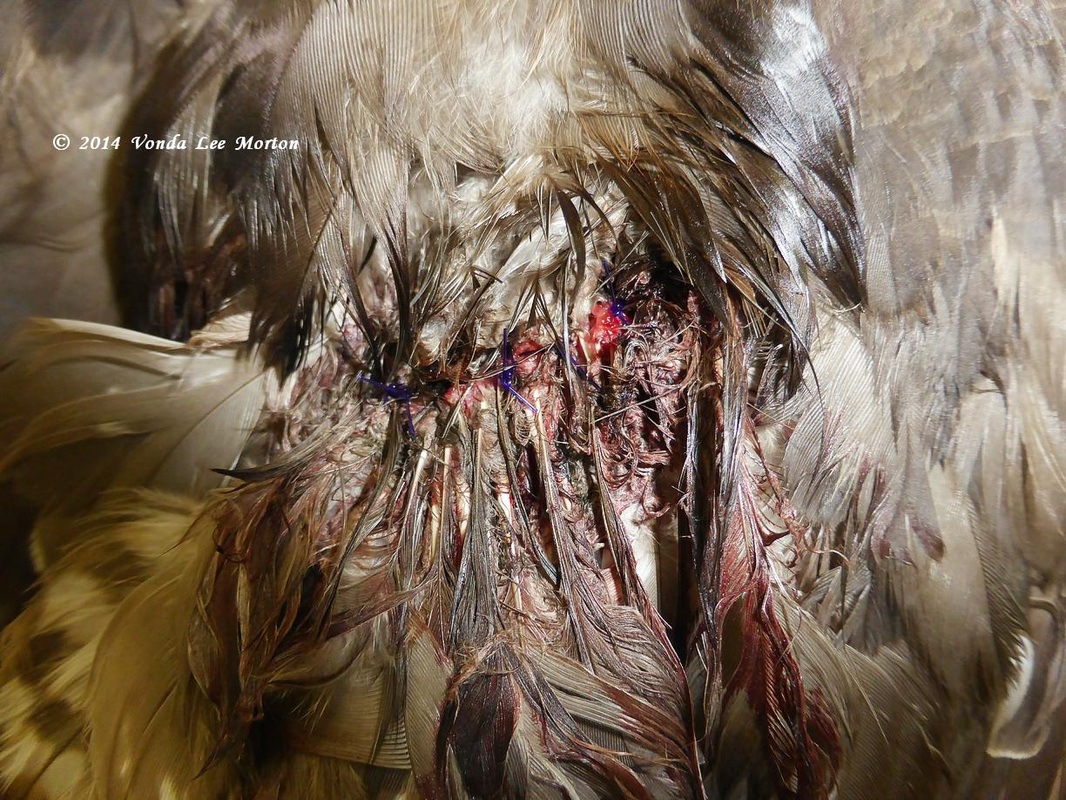
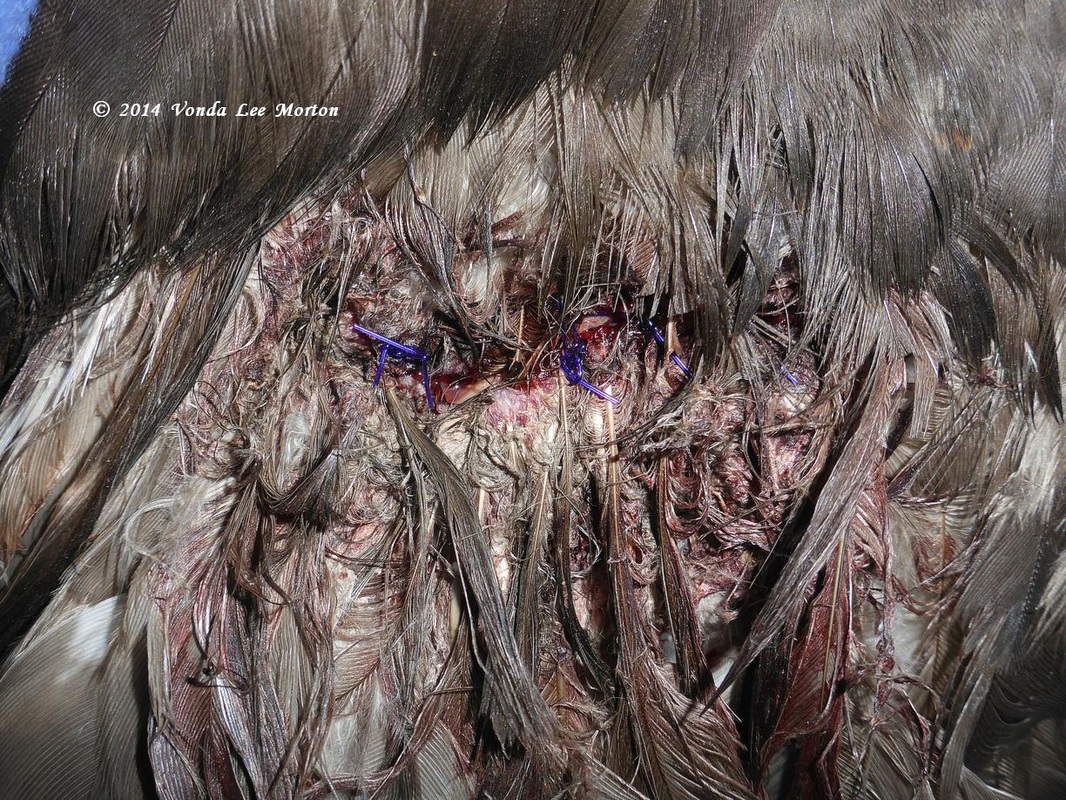
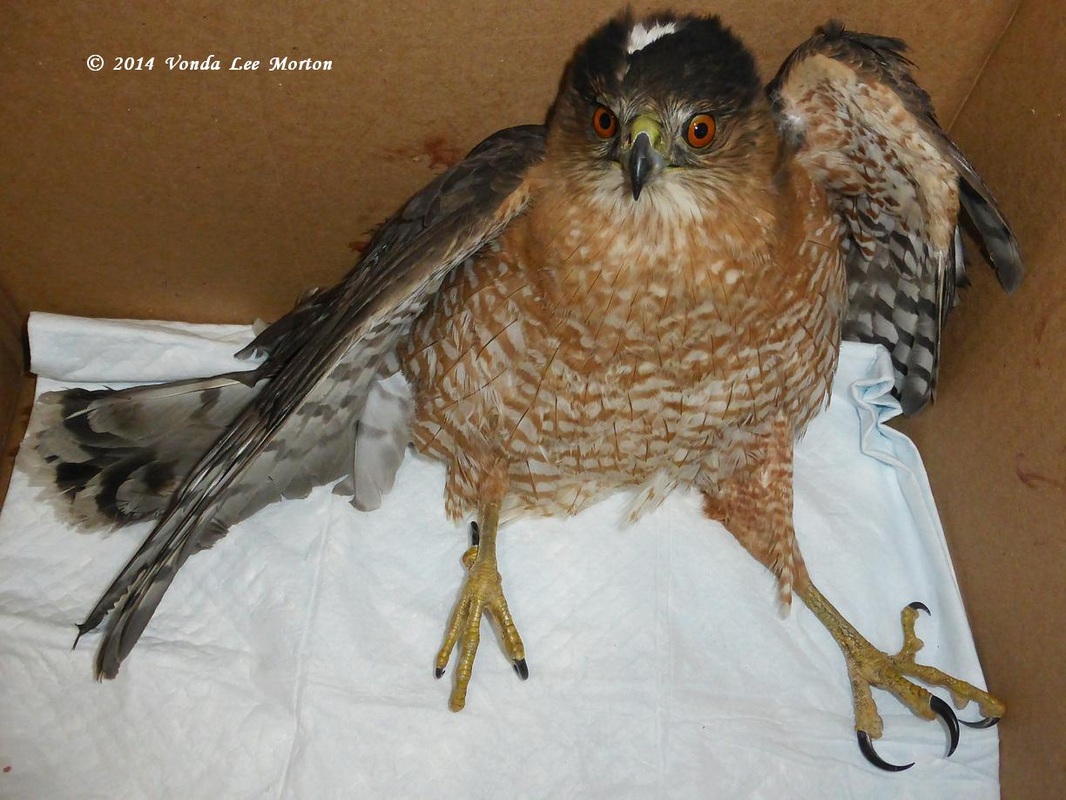
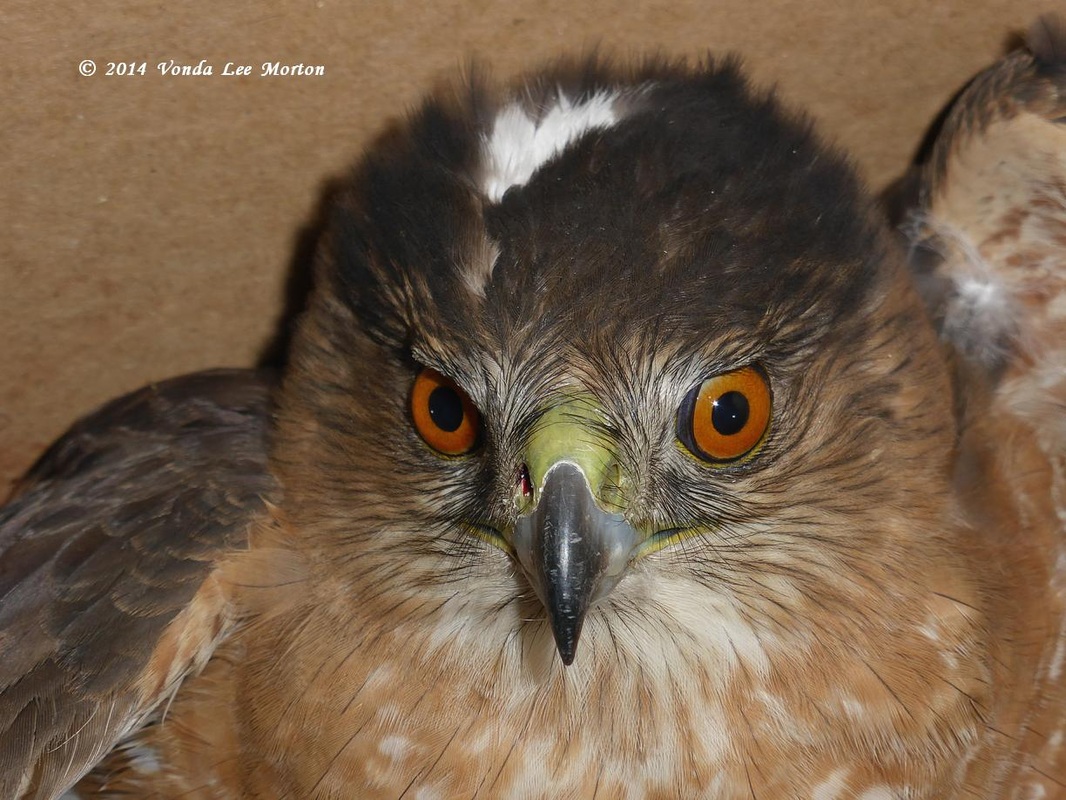
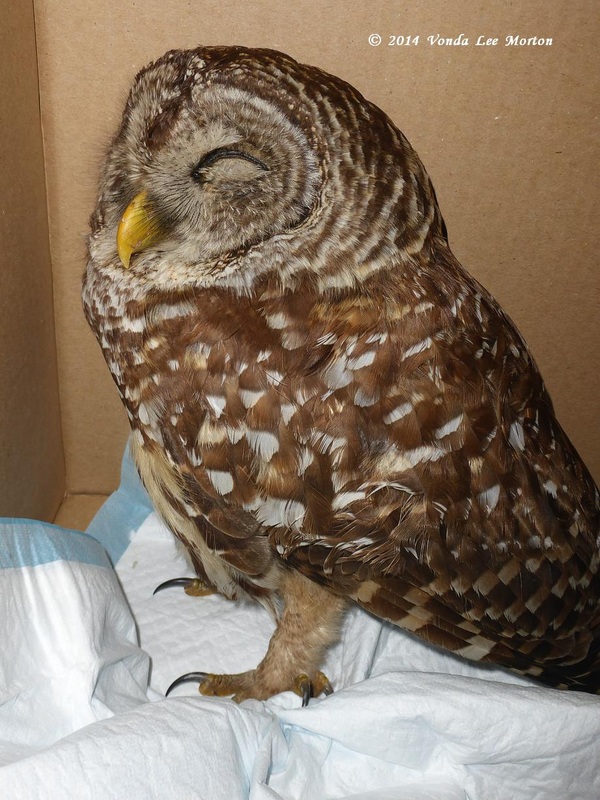
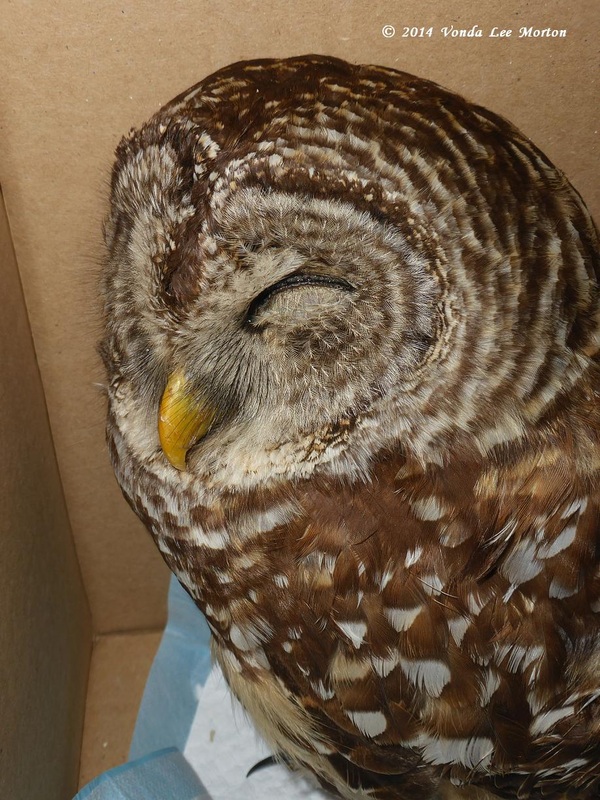

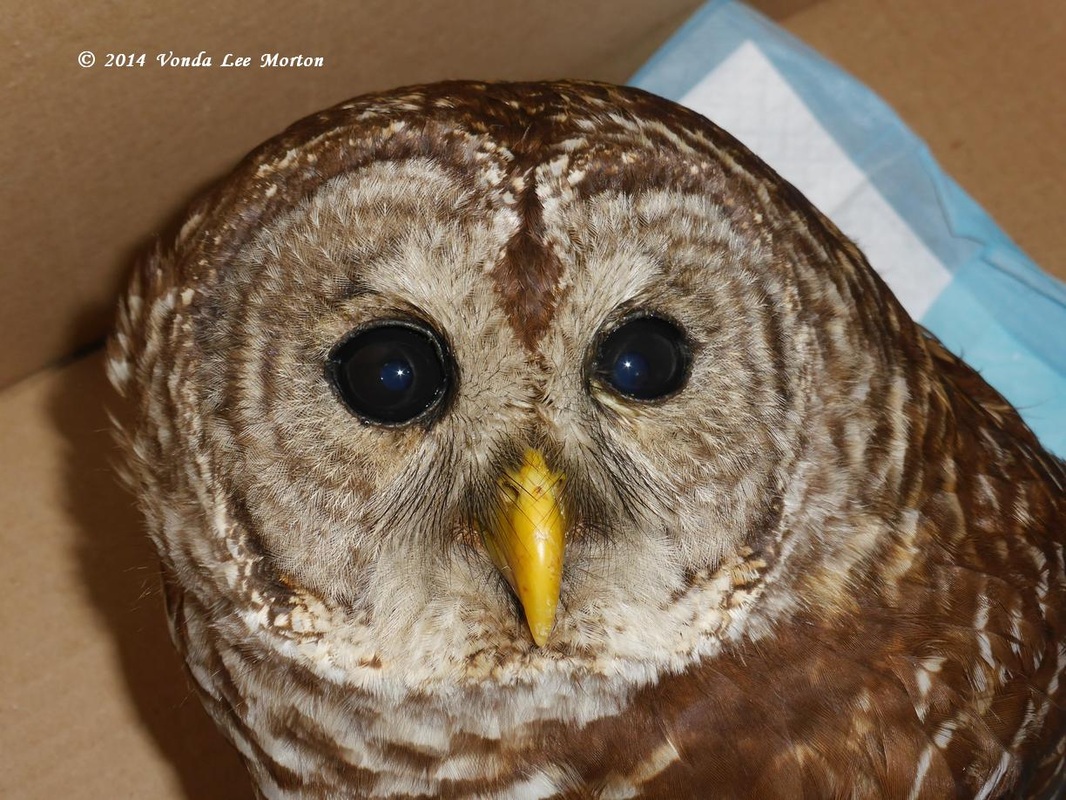
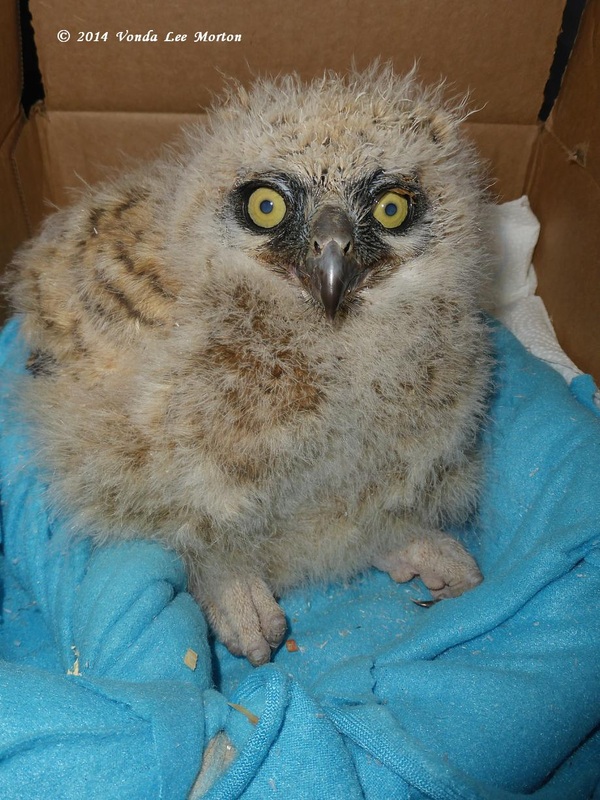
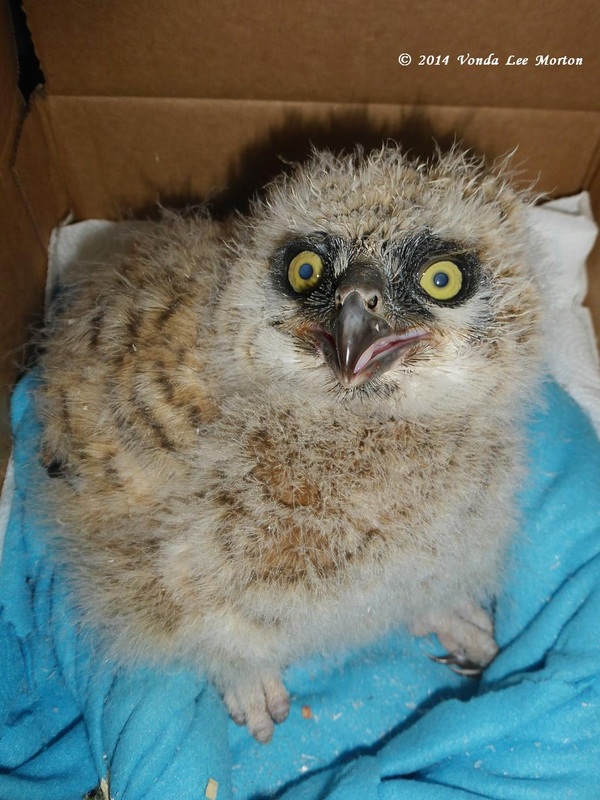
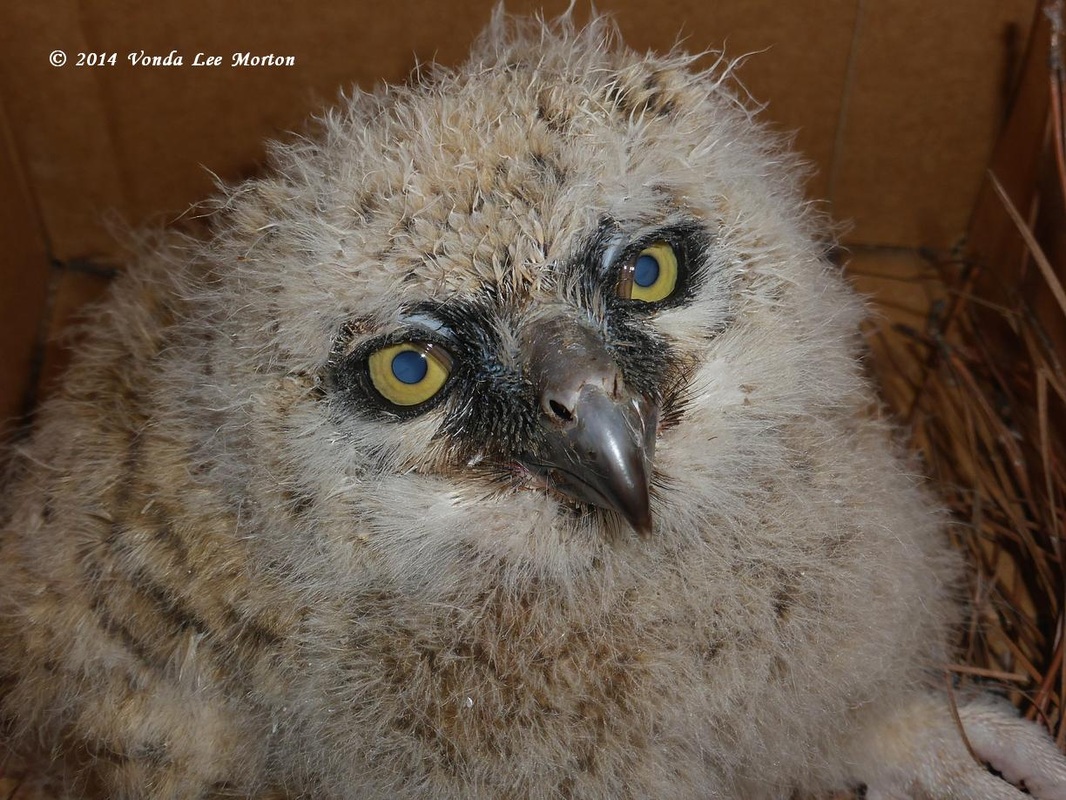
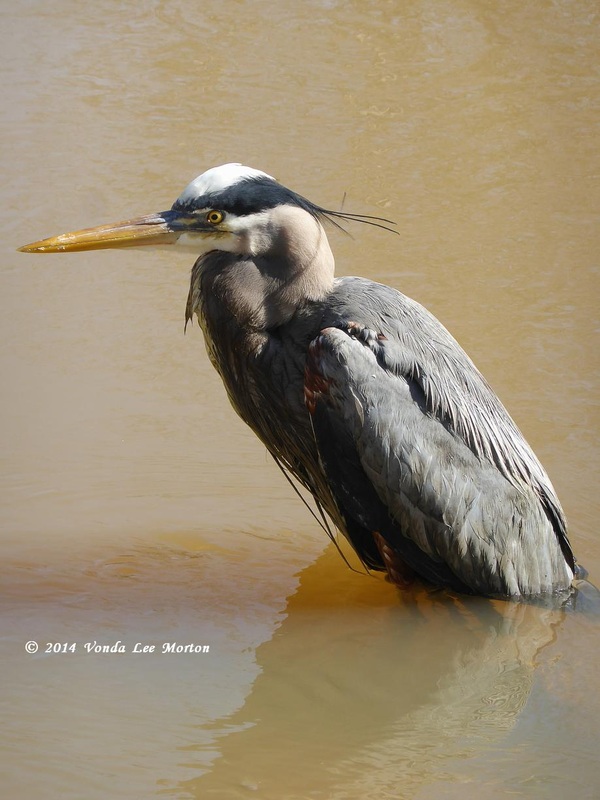
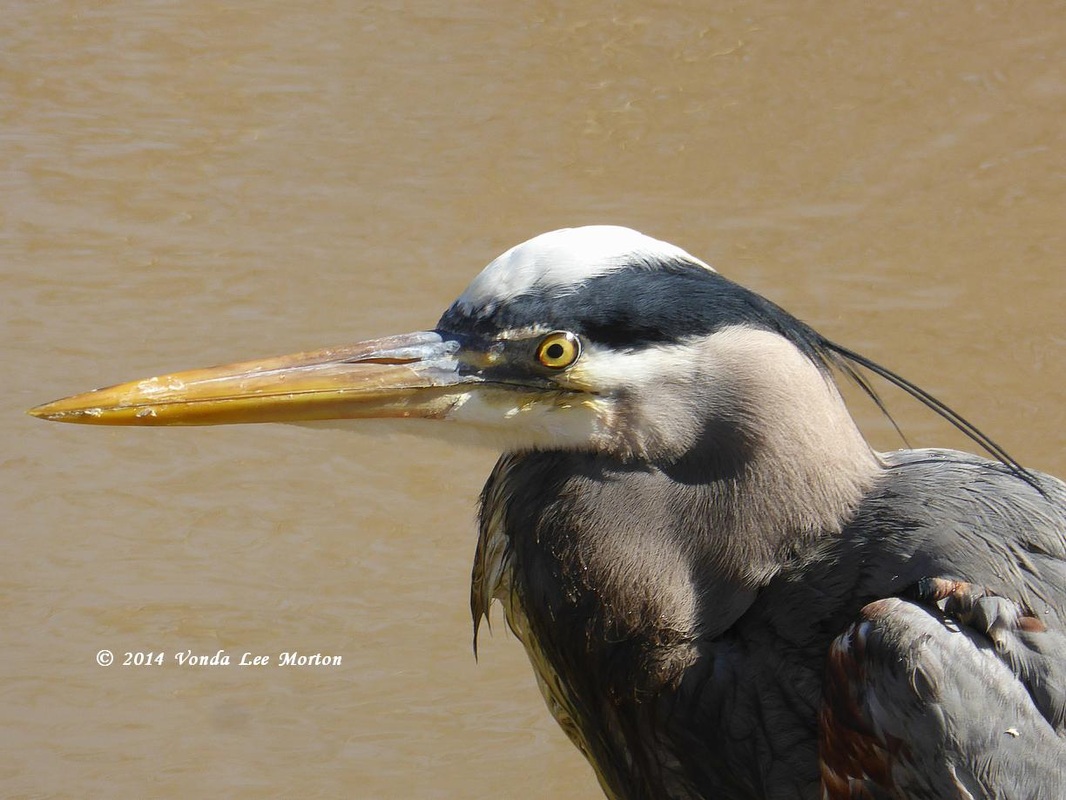
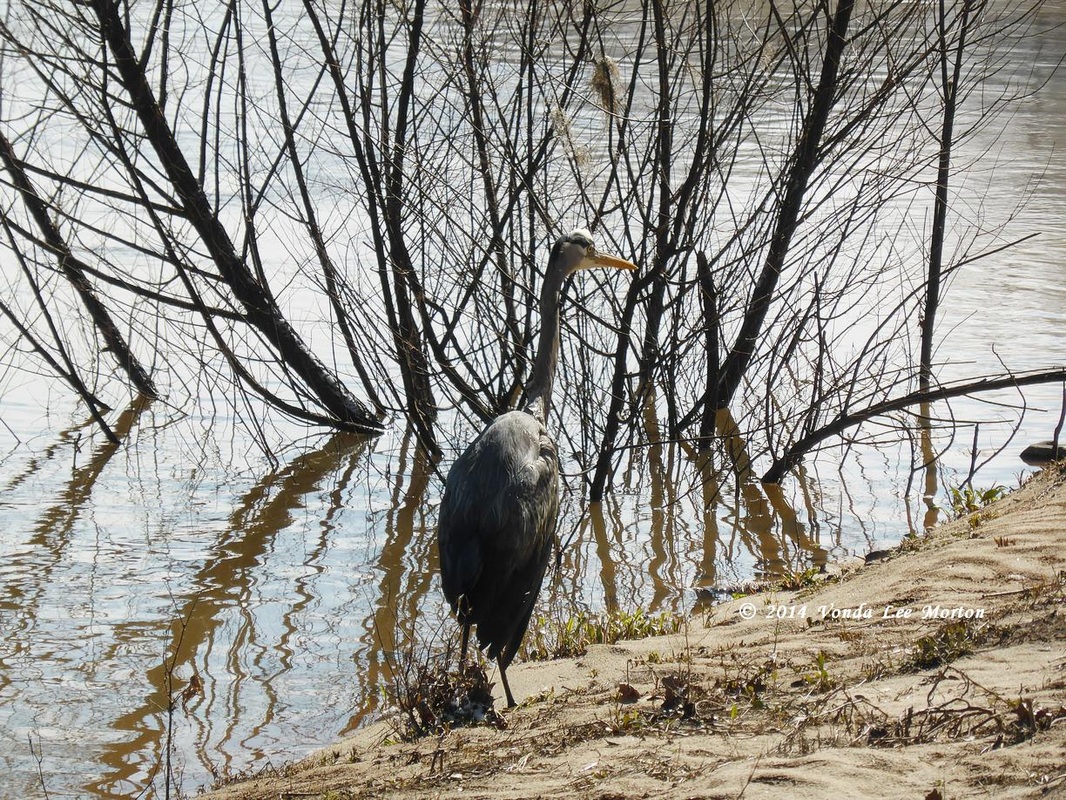
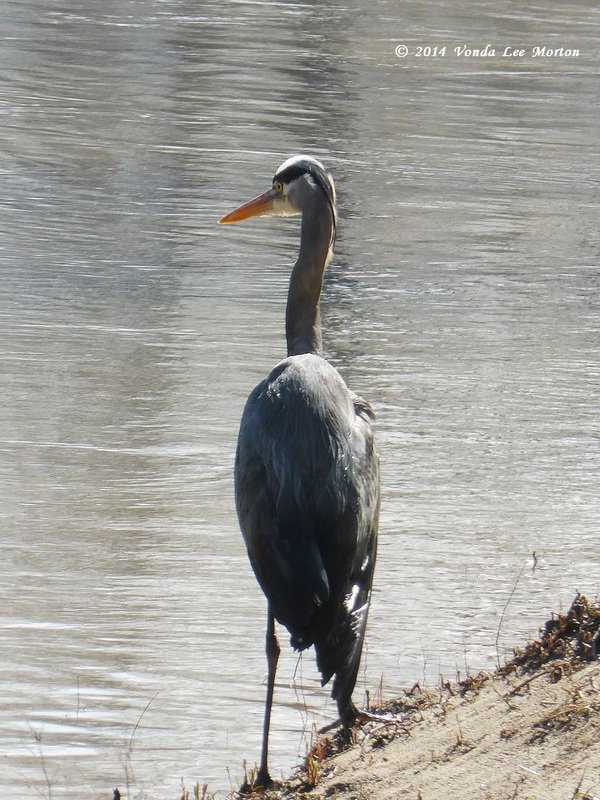
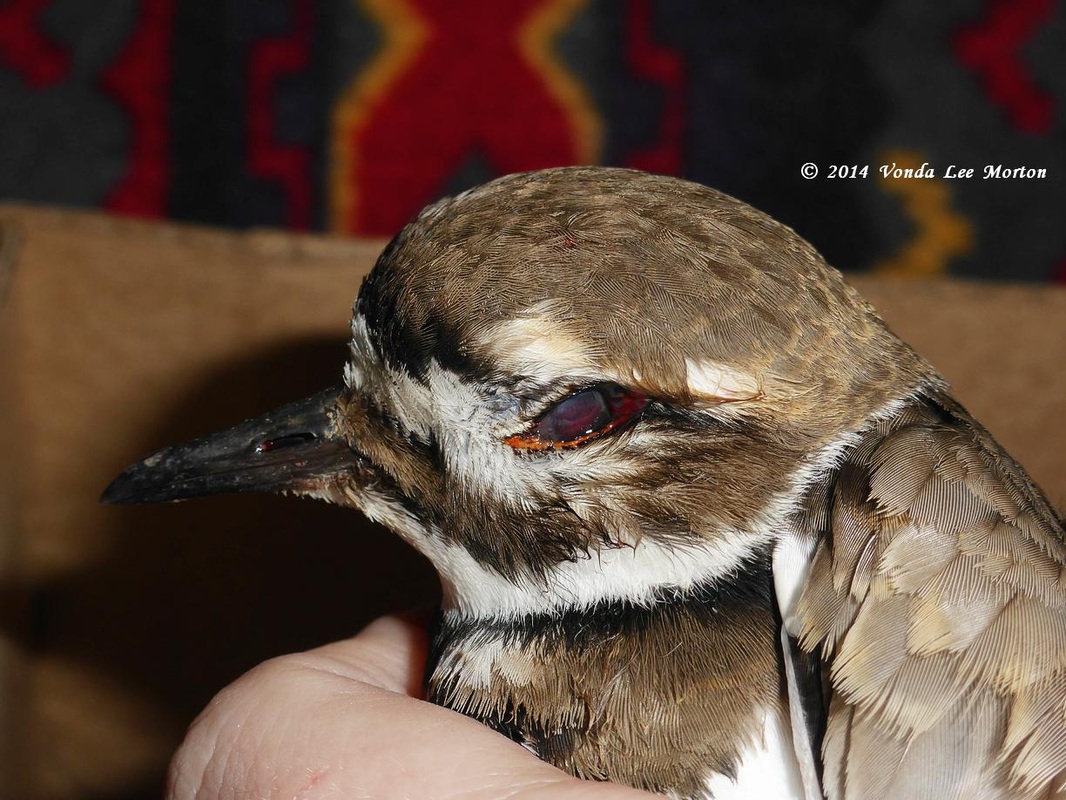
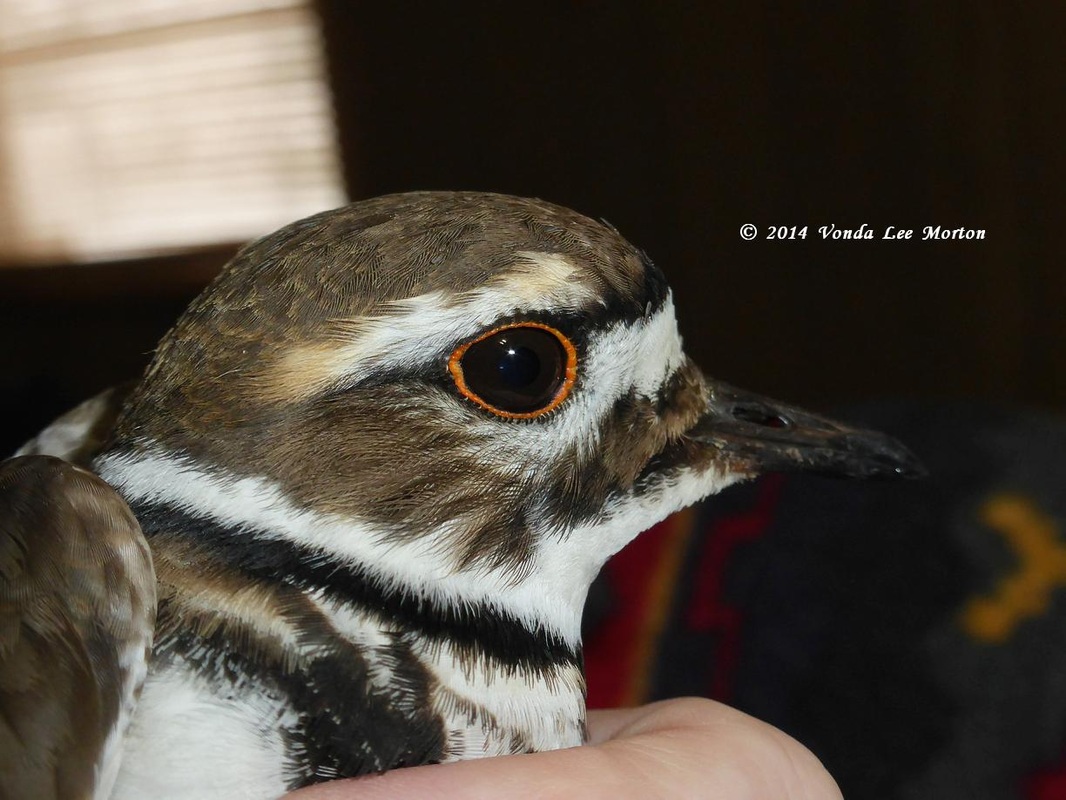
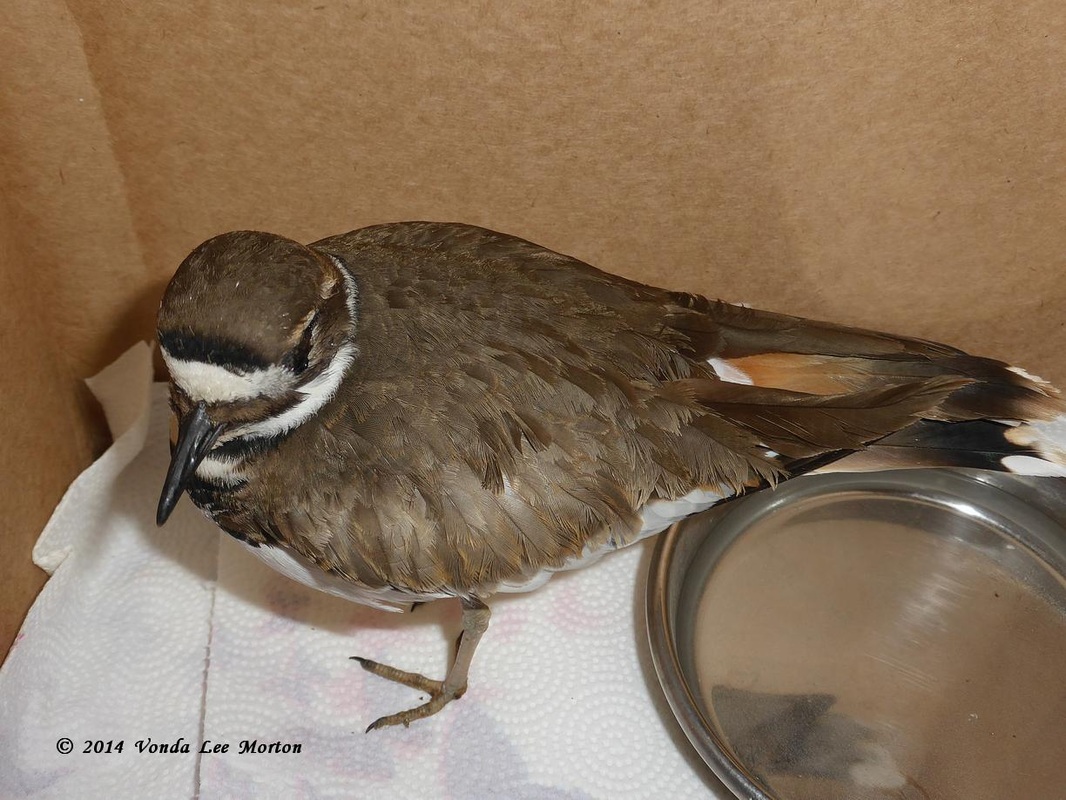
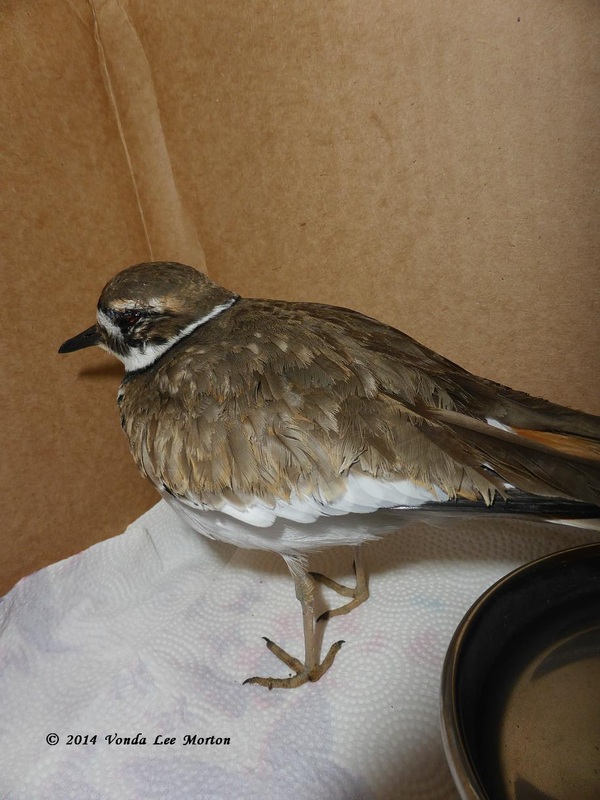

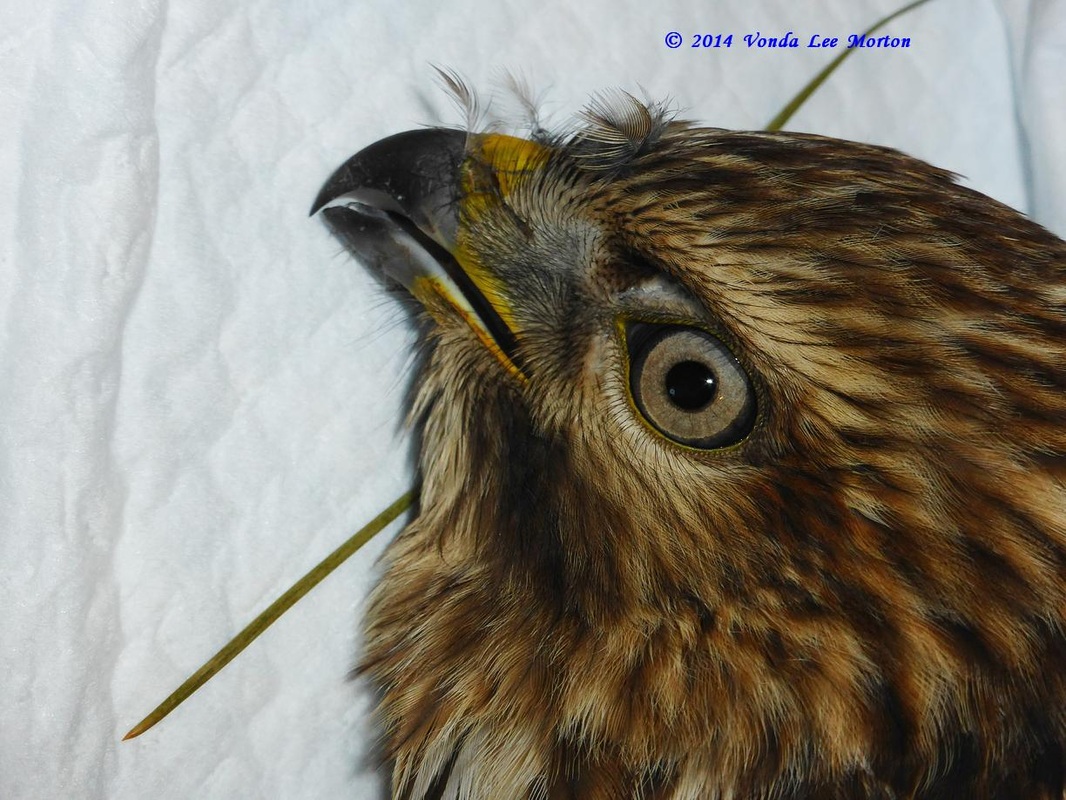
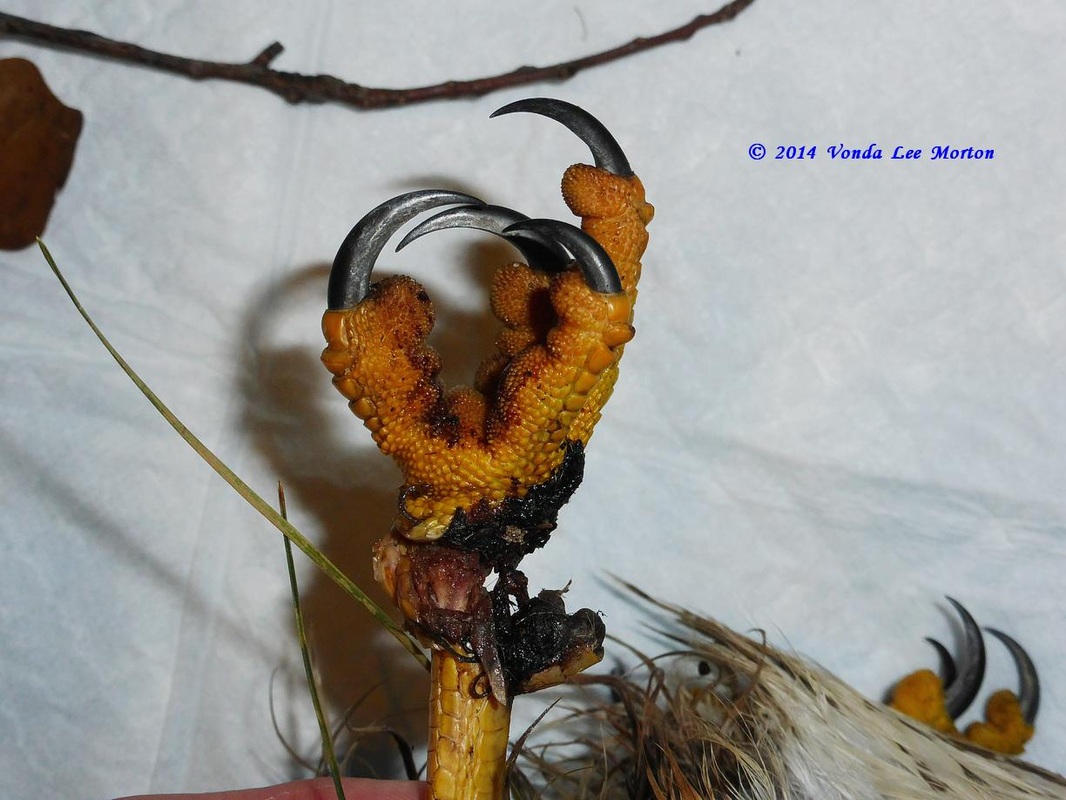
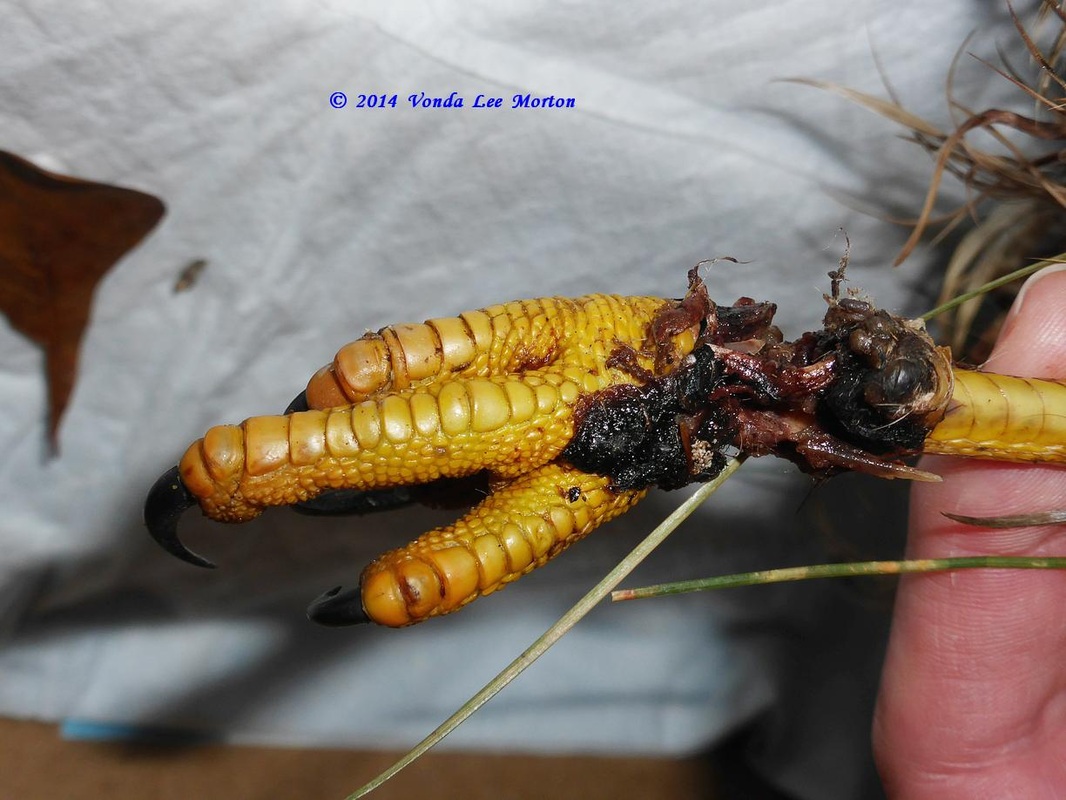
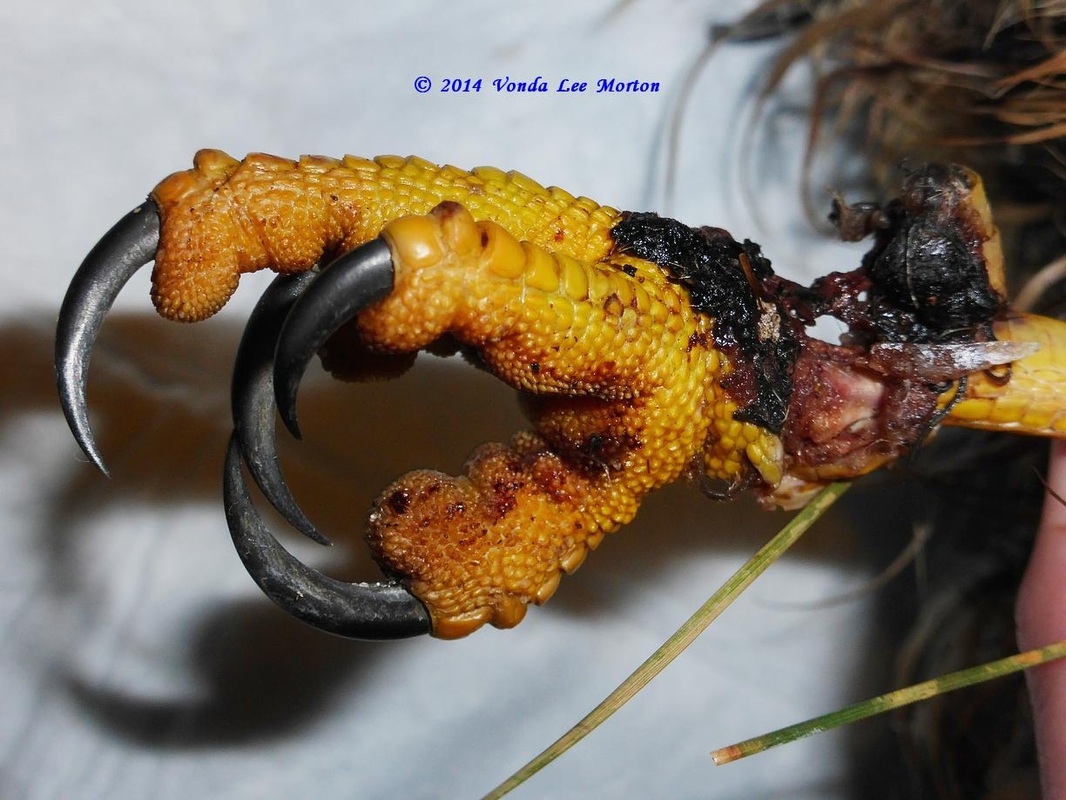

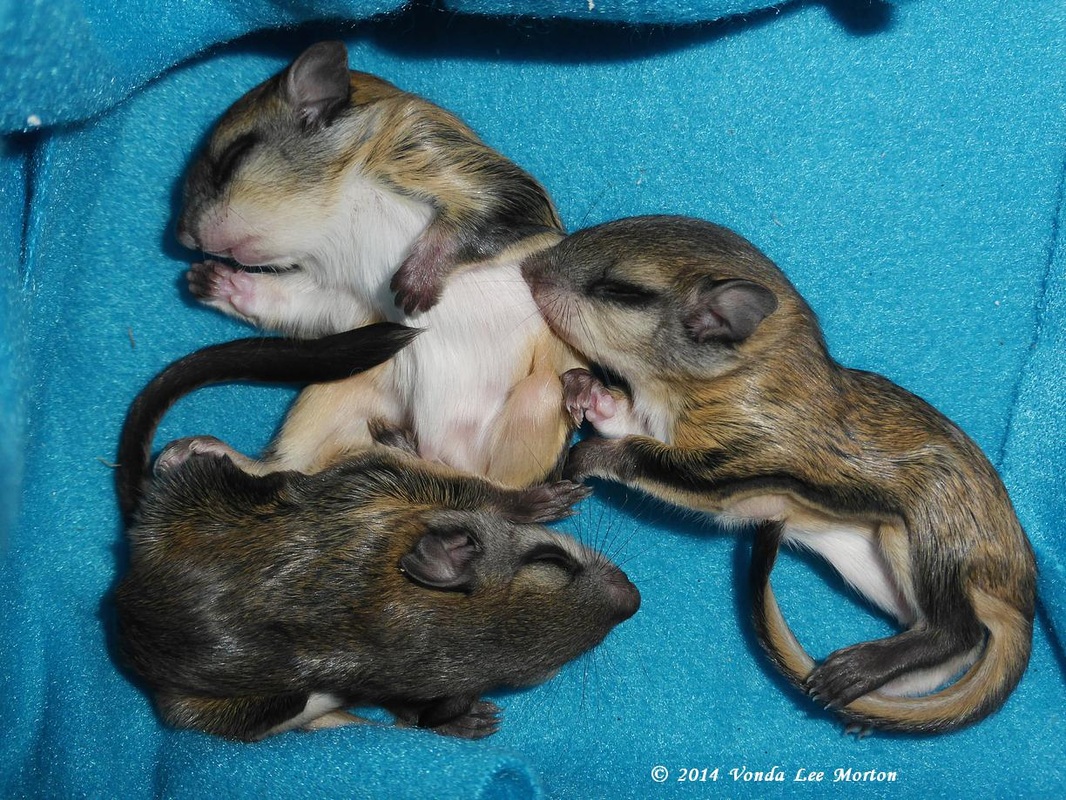
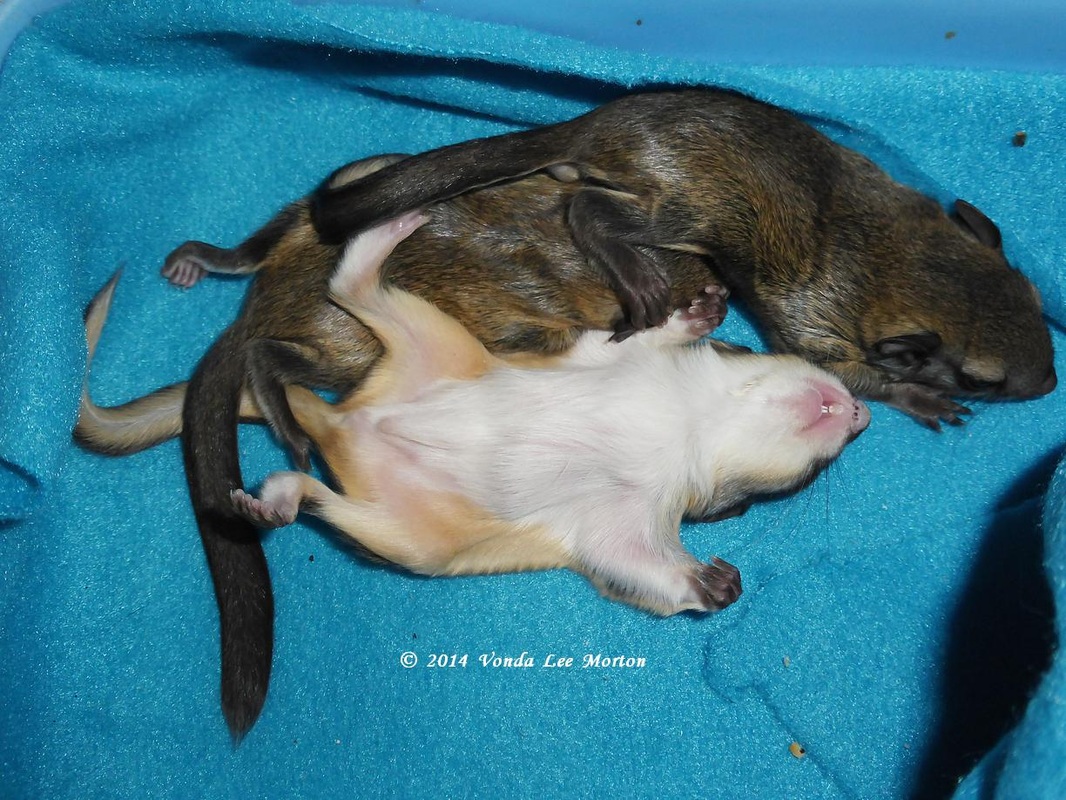
 RSS Feed
RSS Feed
